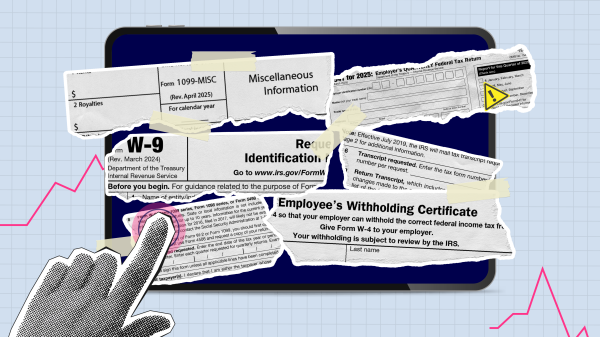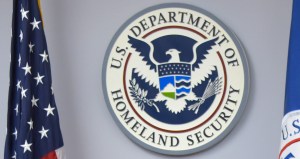 In its newest report, NASCIO looks at trends emerging in the early stages of FirstNet, which will provide a national interoperable communications network for first responders during disaster.
In its newest report, NASCIO looks at trends emerging in the early stages of FirstNet, which will provide a national interoperable communications network for first responders during disaster.An early trend for FirstNet: When it comes to the project’s development, there are no trends at all.
That’s what the National Association of State Chief Information Officers found after recently surveying its members to get a feel for some of the emerging trends and issues states are seeing as they begin the process to build the First Responder Network Authority (FirstNet) to establish, operate and maintain an interoperable public safety broadband network.
In an interview with StateScoop, Mitch Herckis, the director of government affairs for NASCIO and author of the corresponding report, said one of the most interesting things to be revealed in the survey was that there was no one clear approach states were taking as a whole in the project’s early implementation.
“As we’ve seen time and time again, no two states are alike,” Herckis said.
Instead what is happening is a varied approach. For instance, some states have taken an aggressive approach to data collection by going above and beyond what is asked, so they feel well-equipped going forward. That’s in contrast to other states that are taking a more step-by-step approach inline with FirstNet requirements, as to not expend resources on something that may not be useful in the future.
“None are wrong or right when it comes to this kind of outreach; its just interesting to see how they all take different approaches based on what the leadership of each state thinks it needs,” Herckis said.
According to the report:
“From comments we received from respondents, it was clear that states are taking a range of approaches in everything from outreach to governance. Some states are focused intensely on becoming organized and raising awareness internally, while others are focusing on interstate and regional solutions. NASCIO believes this means FirstNet will need to be flexible in its work with the states. Ultimately, states have various expectations when it comes to participation in the planning of the network, as well as expectations of what the final product looks like. There will need to be significant discussion and negotiation before a final shared vision exists.”
FirstNet was officially created under the Middle Class Tax Relief and Job Creation Act of 2012 as an independent authority within the National Telecommunications and Information Administration.
Congress allotted $7 billion and 20 MHz of valuable radio spectrum to build the network; however, many government and industry leaders recognize that funding the network will exceed Congress’s budget. The construction of the nationwide FirstNet network requires each state to have a radio access network that will connect to FirstNet’s network core.
States began receiving early grant funding last year to begin, among other things, outreach towards stakeholders, creating a governance model and putting thought to how they will do outreach. Over the coming months, states will begin further collecting data that will be the basis of a business plan.
One thing Herckis said is happening is that state chief information officers are increasingly being brought into the process.
“When you think about a CIO, they typically have experience in building and managing large systems with many moving parts, so it makes sense for them to be involved,” Herckis said. “Early on, it was hard to say what their role would be, but as this moves forward, their role is only going to continue to grow from what I hear.”
One more interesting trend Heckis noted is the collaboration between states throughout the country. While each state acts independently, there are groups forming regionally to share best practices, coordinate on outreach activities and, in the case of the states in the Mid-Atlantic, come together for a request for information to industry.
“It’s been completely organic,” Herckis said. “While all the states are taking different approaches, they are going out on their own and finding ways they overlap and using one another where possible.”
Among these groups is the Mid-Atlantic Consortium for Interoperable Nationwide Advanced Communications Initiative, which includes the states of Delaware, Maryland, West Virginia, Pennsylvania and Virginia.
Eleven western states — commonly referred to as the “Western States Alliance” — are also sharing information, and Hawaii has been seeking common ground with several U.S. territories in the Pacific.
“We expect that many of the states and regional efforts that are already collecting data they intend to utilize in their FirstNet planning may need to gather additional data once FirstNet outlines its specific information requests in the second round of SLIGP grants,” the reports says. “That said, NASCIO believes it’s an asset to those states who have previously collected data to be able to bring some of it to the table early in the process—and it will likely inform FirstNet’s ultimate approach.”







